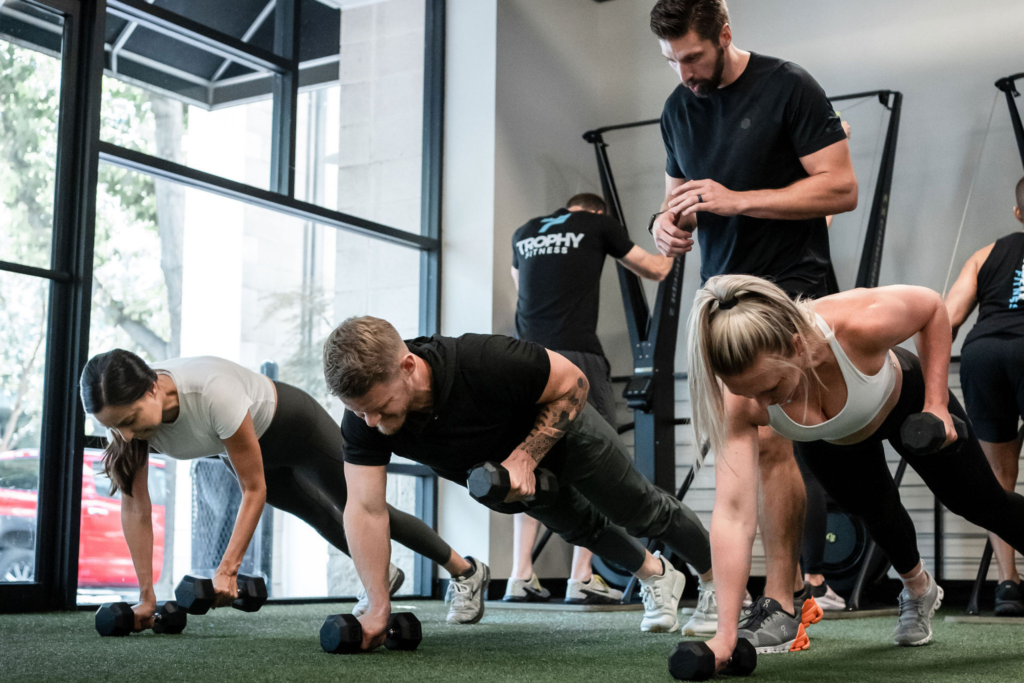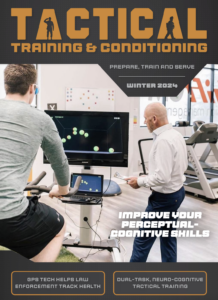May 11, 2022 3 Training Strategies for Tactical Fitness

Unlike many traditional workouts that activate specific, isolated muscle groups, tactical fitness training strategies are more comprehensive in their breadth and scope. The goal is not to be “in shape,” but to maintain all the elements of optimal fitness including power, maximal strength, agility, speed, muscle stamina, flexibility, endurance, and mobility.
A recent article from Alex Hoffmann on Lionel University’s blog outlines some training strategies for the tactical athlete.
Below is an excerpt from the Lionel University blog.
Focus on Functional Movements
Movements such as crawls, lifts, swims, carries, grips, runs, climbs, and rucks are built into a tactical fitness program to boost functional mobility. Remember, developing a functional training program is all about what is functional for the client’s unique needs. So, function in a tactical profession is different from the functional requirements of an 80-year-old woman living alone.
Traditional linear exercises—such as lunges, for instance—focus on just one back-and-forth range of motion. For the most part, this movement, and other exercises in a traditional gym setting, only move in the sagittal plane of motion. But the movements used in tactical fitness are multi-planar to keep the entire body strong, balanced, flexible, agile, and coordinated. In addition to the sagittal plane of motion, this includes the frontal plane of motion (side-to-side movements). It also includes the transverse plane of motion (rotational movements). This style of fitness is especially valuable for older clients, according to the Journal of Sports Science and Medicine. However, it is at lower intensities. In addition to being multiplanar, the movement should be compound and use more than one plane of motion.
Combine Resistance & Cardio
A study in the PLOS One Journal found that tactical fitness programs with a combination of aerobic and resistance training yield more musculoskeletal, cardiovascular, and respiratory benefits than other exercise regimens. This joint emphasis on both cardio and resistance will help your clients increase their bone density and lean muscle mass, control their blood pressure and strengthen their heart rate. This is critical when training the active aging population or groups aiming to lose weight.
When designing a tactical program, remember that you don’t need to use weights in order to make tactical fitness effective. The client’s body weight can provide enough resistance. That doesn’t mean the workouts need to be boring.
Highlight Mental Sharpness & Physical Strength
In order to maximize output, reinforce the mind-body connection in your exercises. For example:
- Teach your clients how mental toughness can help them overcome challenges and push through perceived limits.
- Discuss personal awareness and how to use their own cues to push harder or slow down.
- Train clients on breathing patterns that can be used to maximize workouts and movements.
» ALSO SEE: Norfolk Fire & Rescue Focuses on Physical, Mental Health Training
Imagine a special forces individual in the field. They’ll need to be laser-focused and have the ability to emotional self-regulate in times of great stress. This includes applications of breathing techniques to reduce stress, narrow focus, and strategically plan for what needs to happen next. In fact, these types of techniques are used with elite athletes of all sorts in the field of sport psychology.
To read the full story from Lionel University about training techniques for tactical athletes, click here.



